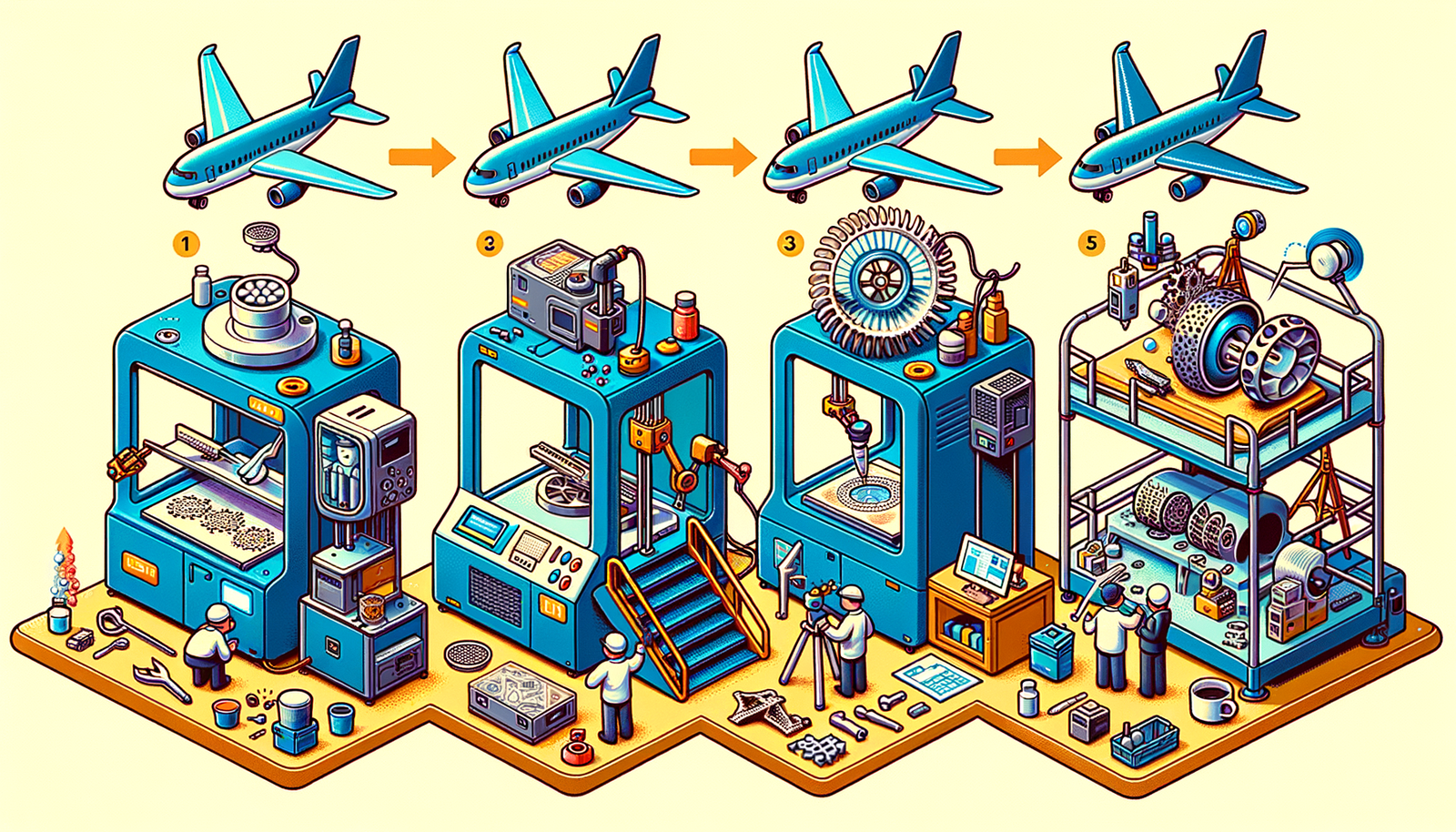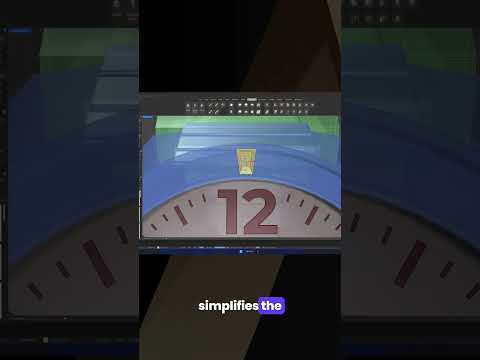Your Cart is Empty
Customer Testimonials
-
"Great customer service. The folks at Novedge were super helpful in navigating a somewhat complicated order including software upgrades and serial numbers in various stages of inactivity. They were friendly and helpful throughout the process.."
Ruben Ruckmark
"Quick & very helpful. We have been using Novedge for years and are very happy with their quick service when we need to make a purchase and excellent support resolving any issues."
Will Woodson
"Scott is the best. He reminds me about subscriptions dates, guides me in the correct direction for updates. He always responds promptly to me. He is literally the reason I continue to work with Novedge and will do so in the future."
Edward Mchugh
"Calvin Lok is “the man”. After my purchase of Sketchup 2021, he called me and provided step-by-step instructions to ease me through difficulties I was having with the setup of my new software."
Mike Borzage
Bridging Biotechnology and Design Software: Innovations and Challenges in an Interdisciplinary Future
July 04, 2024 2 min read


Introduction to the Intersection of Biotechnology and Design Software
Biotechnology, a field that applies the principles of biology and the techniques of engineering and technology to create products and technologies that improve our lives, has become increasingly relevant in today’s design practices. This relevance is particularly pronounced as design software evolves to support biotechnological applications, marking a significant convergence of disciplines. This intersection is pivotal in advancing diverse areas such as medical devices, sustainable materials, and even the development of living architecture, promising innovative solutions to some of the world’s most pressing challenges.
Innovative Applications of Design Software in Biotechnology
The role of design software in biotechnological advancements cannot be overstated, with specific examples underscoring its critical importance:
- Customization of medical implants and prosthetics using CAD software ensures that these critical healthcare devices fit the unique anatomy of each patient, improving comfort and effectiveness.
- The development of biofabricated materials and products through advanced simulation and modeling tools is paving the way for more sustainable and eco-friendly manufacturing practices.
- Architectural designs that incorporate living systems, supported by specialized simulation and visualization software, are redefining the concept of sustainability in the built environment.
These applications are making significant impacts across various sectors, including healthcare, manufacturing, and environmental conservation, showcasing the transformative power of integrating design software with biotechnological innovation.
Challenges and Solutions in Integrating Biotechnology with Design Software
Despite the promising synergy between biotechnology and design software, several challenges remain:
- The complexity of simulating biological processes accurately in a digital environment can limit the effectiveness of biotechnological applications in design.
- Concerns around data management and privacy are particularly acute in healthcare applications, where patient-specific data is used to create customized solutions.
- Intellectual property issues emerge from the novel use of living organisms in design, complicating the commercialization of biotechnologically inspired products.
However, these challenges are being addressed through a variety of approaches, including the advancement of computational power, the development of more sophisticated algorithms, and the fostering of collaborative environments that bring together experts in biology, engineering, and design. Such efforts are crucial for overcoming the hurdles inherent in this interdisciplinary field.
The Future of Biotechnology and Design Software Collaboration
Looking ahead, several emerging trends and potential breakthroughs are set to further enhance the collaboration between biotechnology and design software:
- The integration of artificial intelligence and machine learning in predicting biological responses within designed products promises to revolutionize the field by enabling more accurate simulations and prototypes.
- Advancements in 3D bioprinting technologies, coupled with sophisticated design software, are poised to make significant strides in organ fabrication and tissue engineering, potentially solving the organ shortage crisis.
These developments not only hold the promise of profound impacts on society, healthcare, and the environment but also underscore the importance of continuing to foster interdisciplinary collaboration and innovation. As we move forward, the potential of biotechnology and design software to shape the future becomes increasingly clear, highlighting the need for ongoing investment in research and development in these areas.
Also in Design News

Design Software History: The Evolution of 3D Printing in Aerospace: From Prototyping to Production
November 27, 2024 7 min read
Read More
Cinema 4D Tip: Optimizing Workflow with Team Render in Cinema 4D
November 27, 2024 2 min read
Read MoreSubscribe
Sign up to get the latest on sales, new releases and more …



